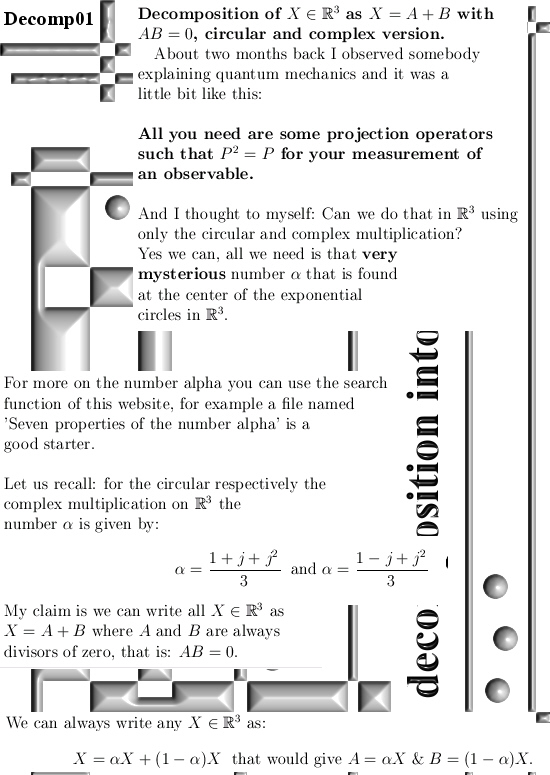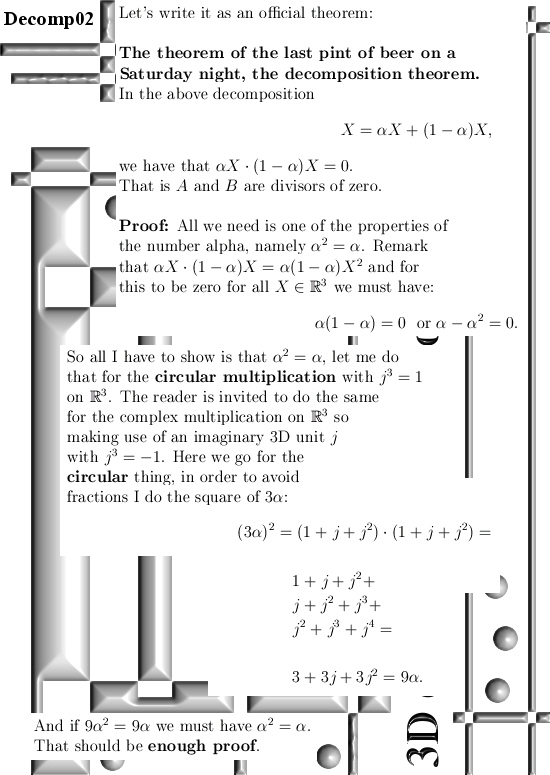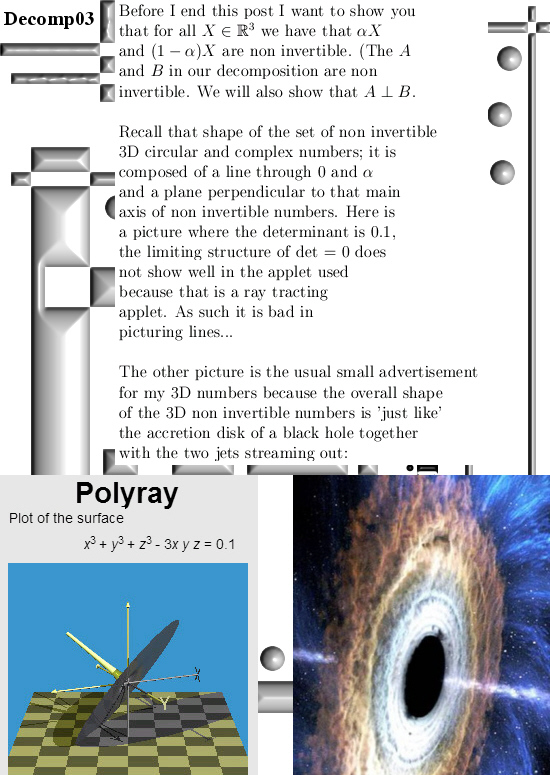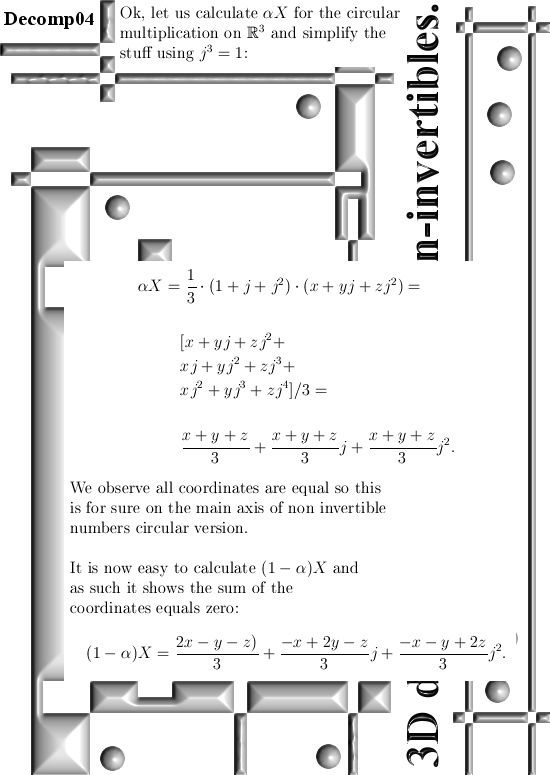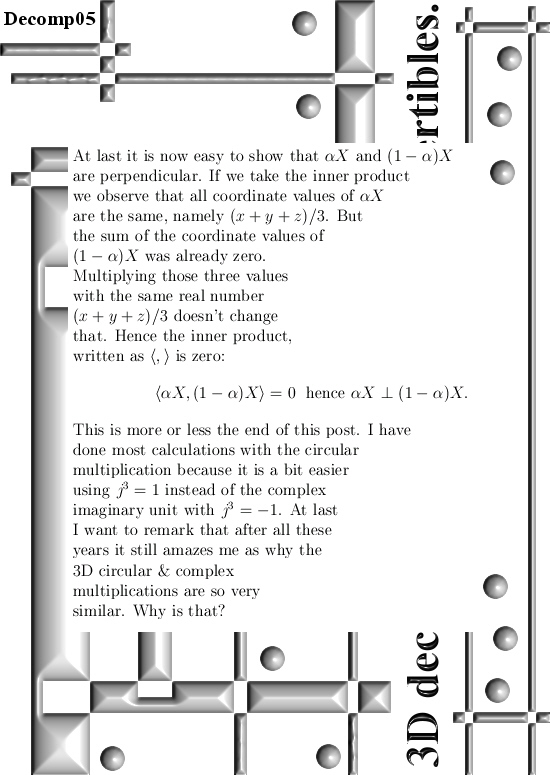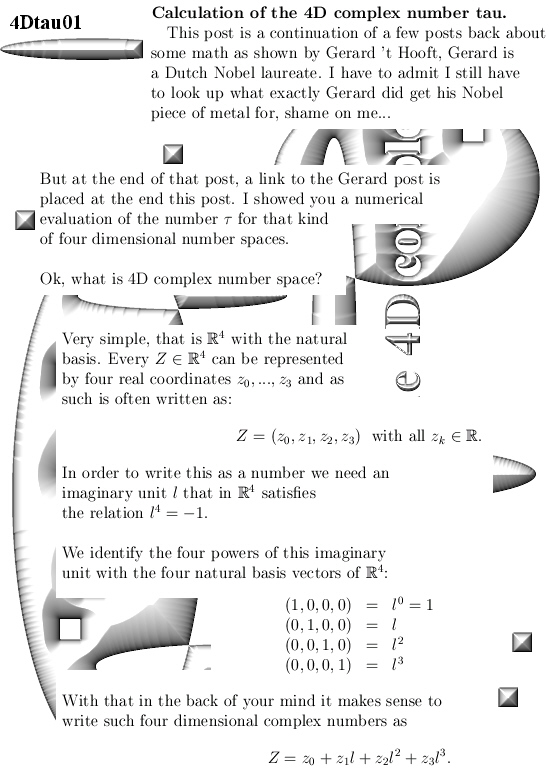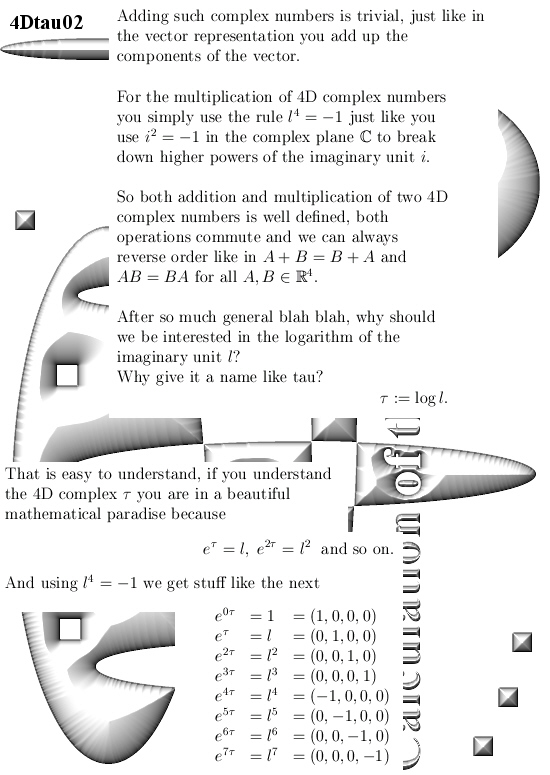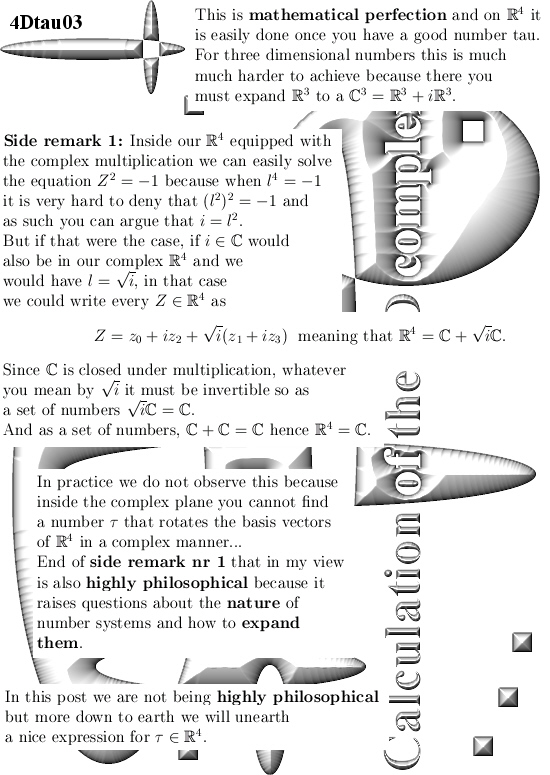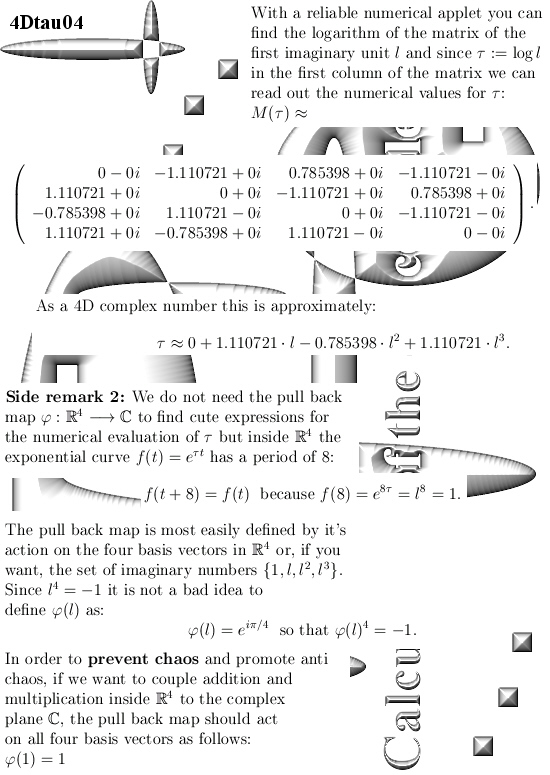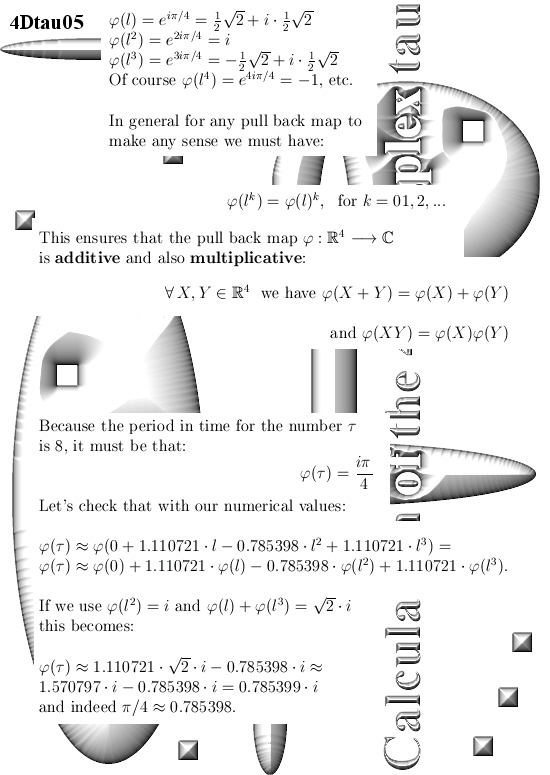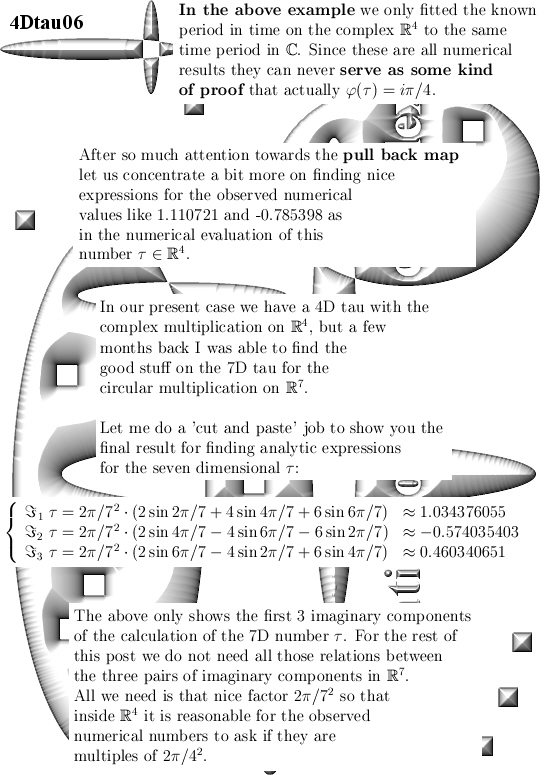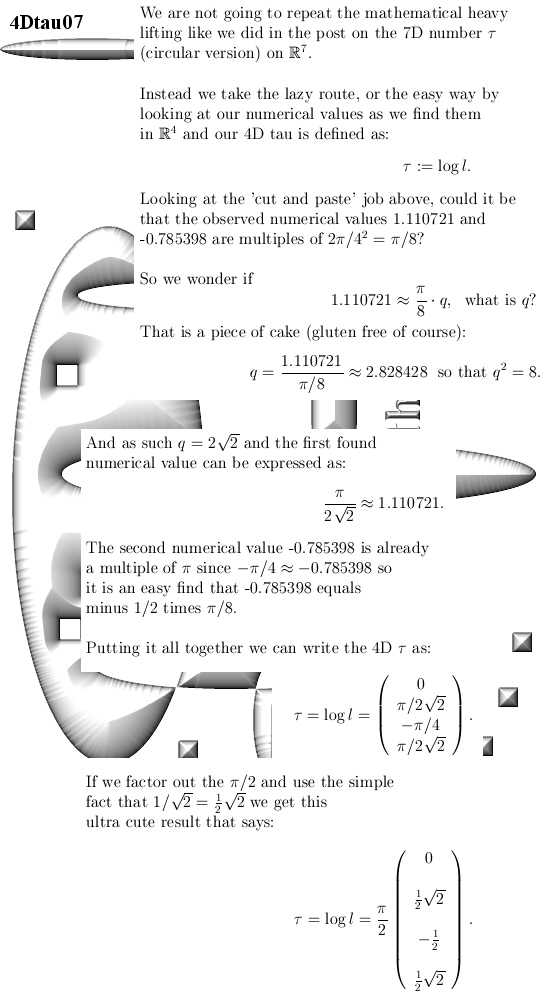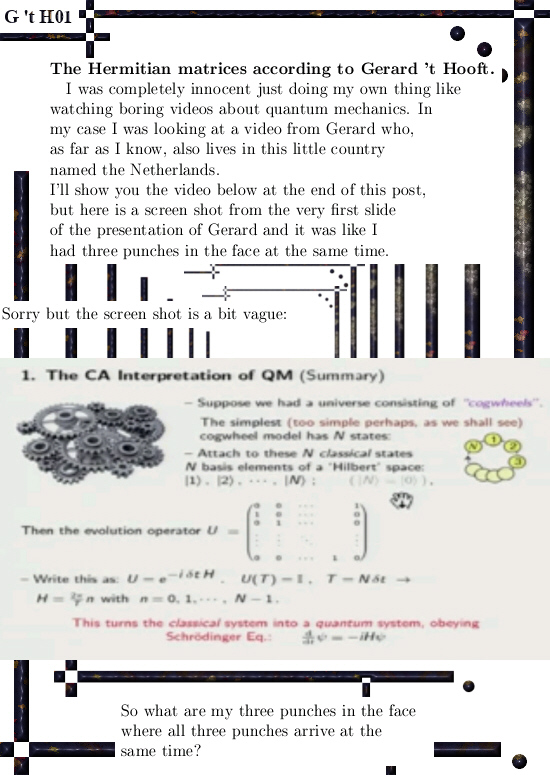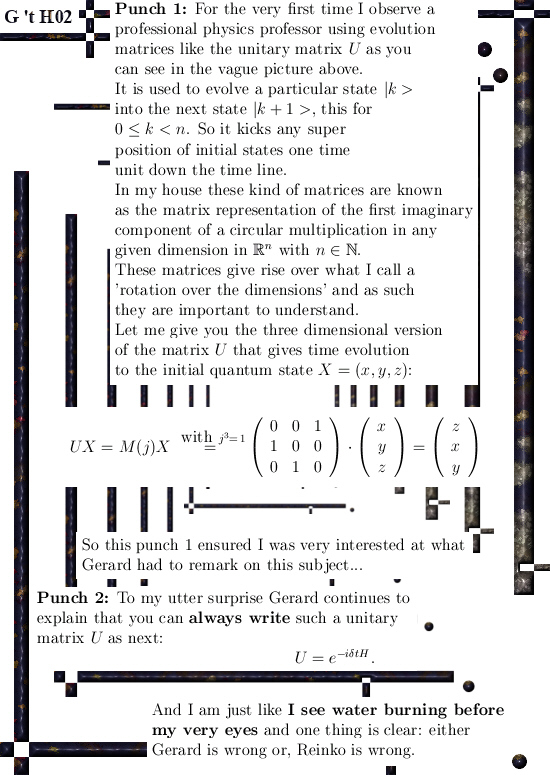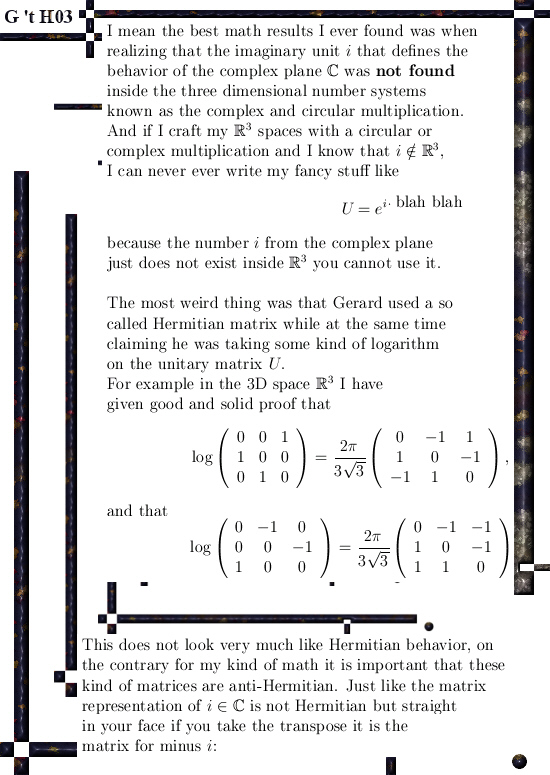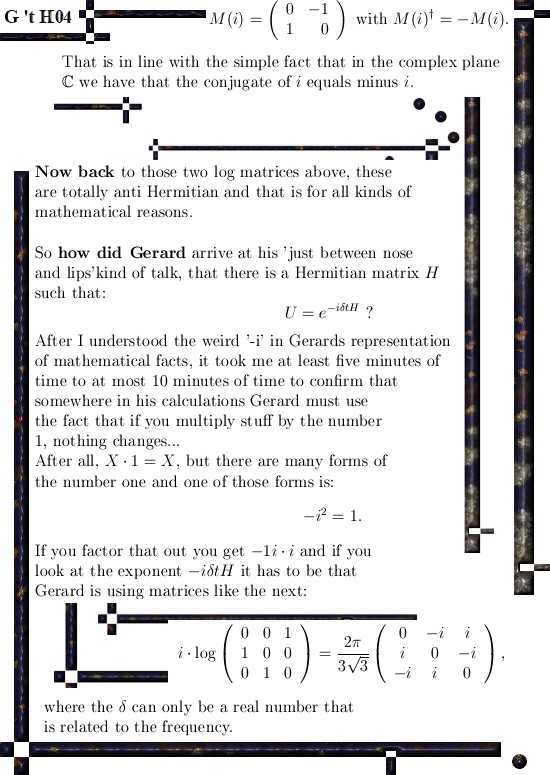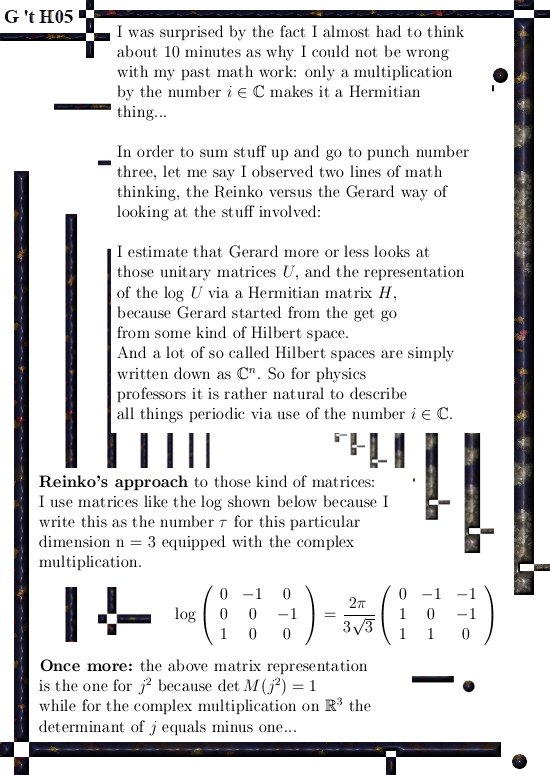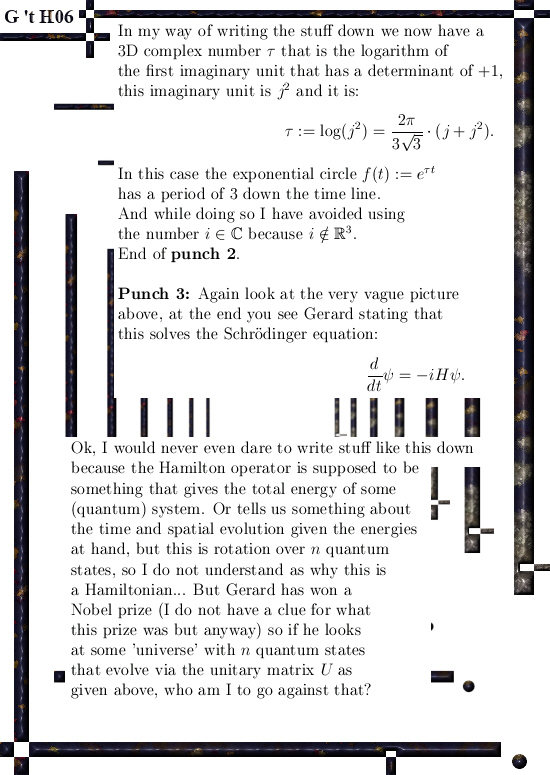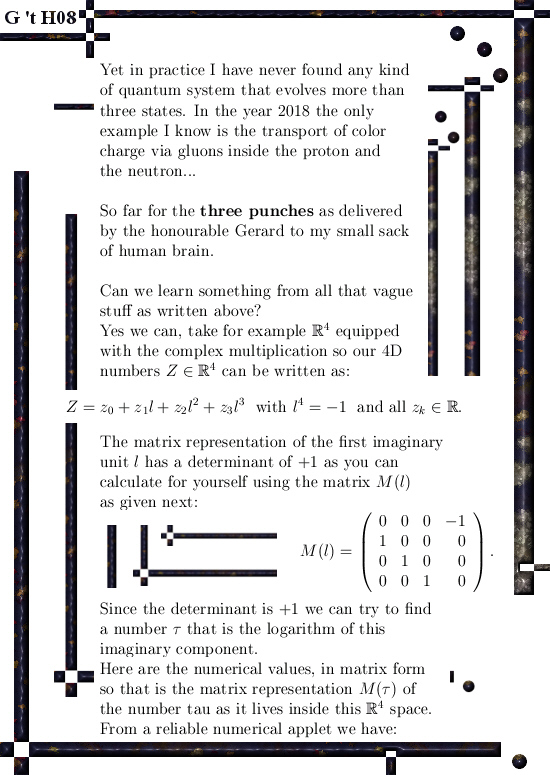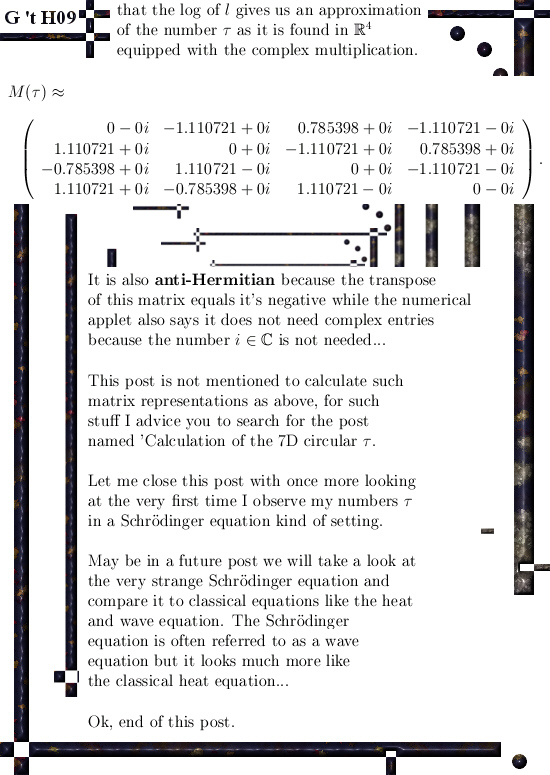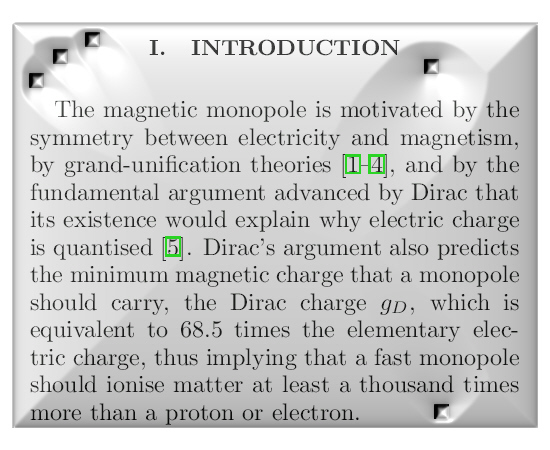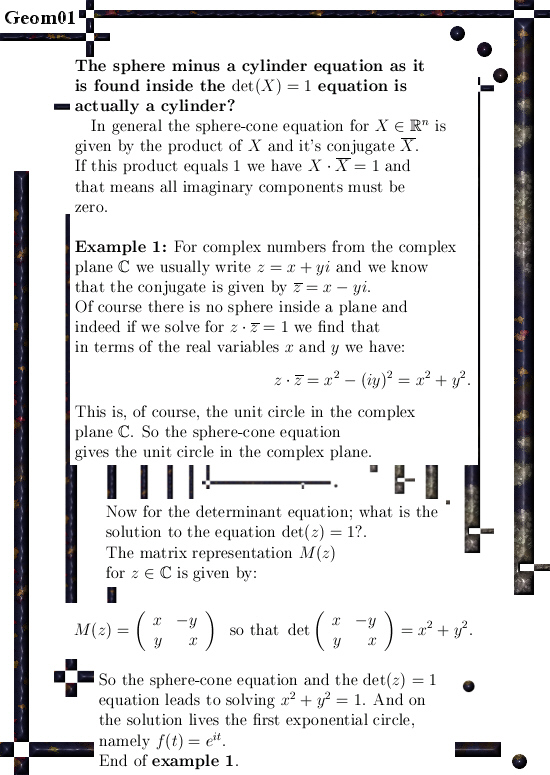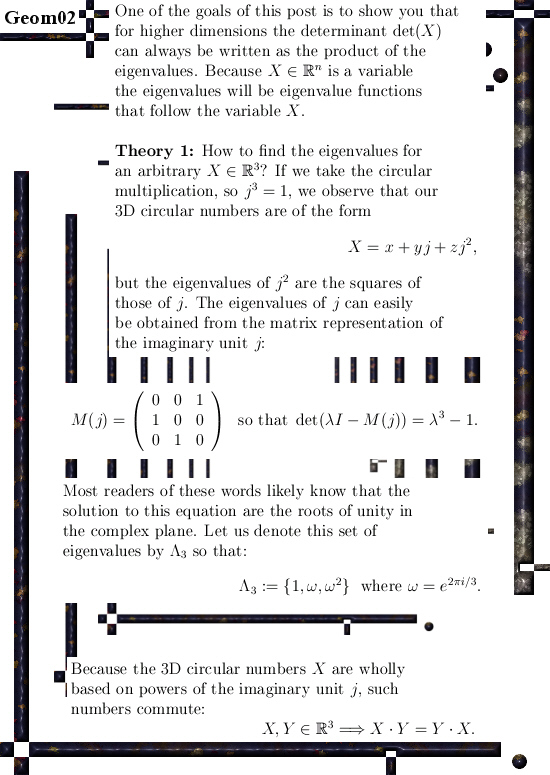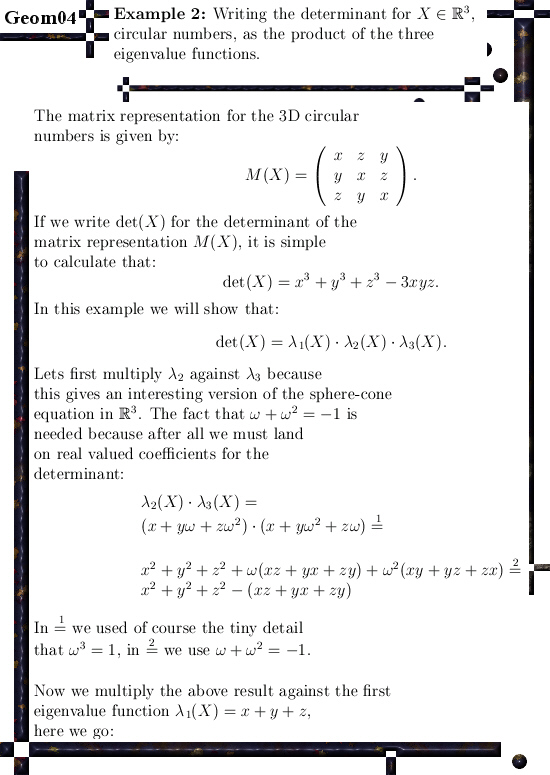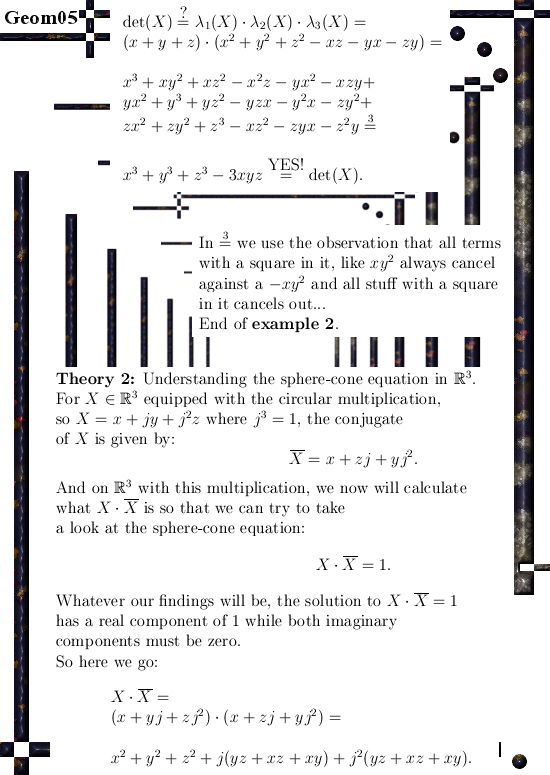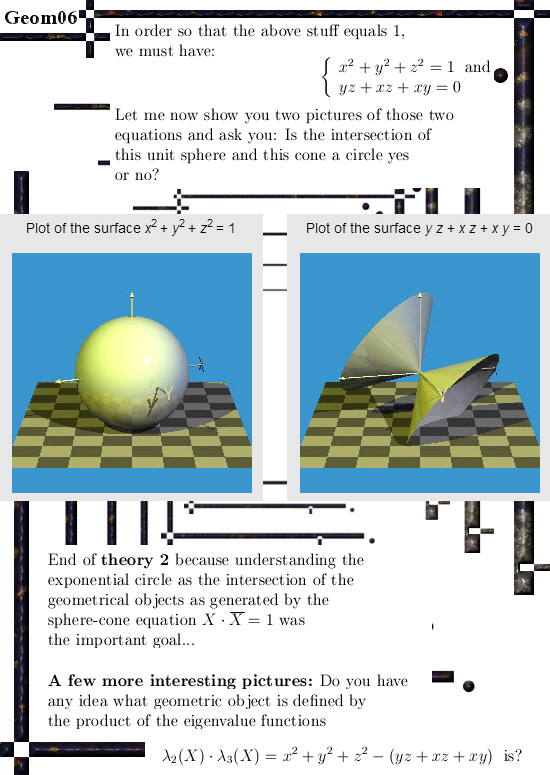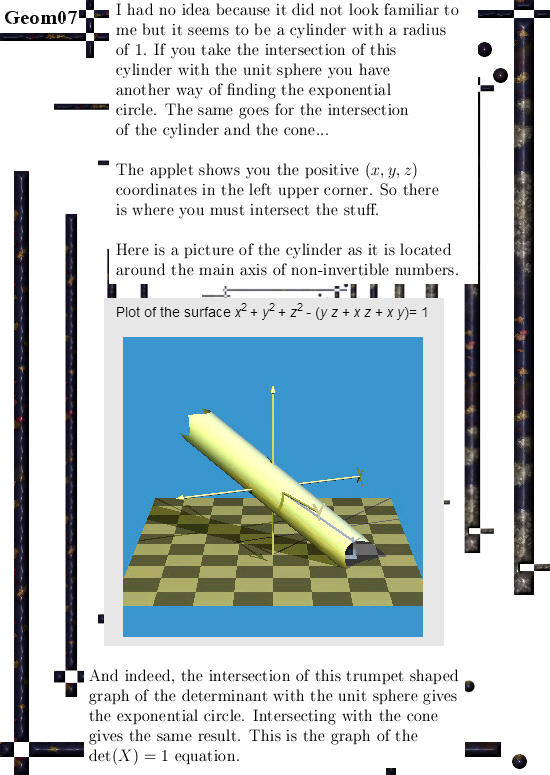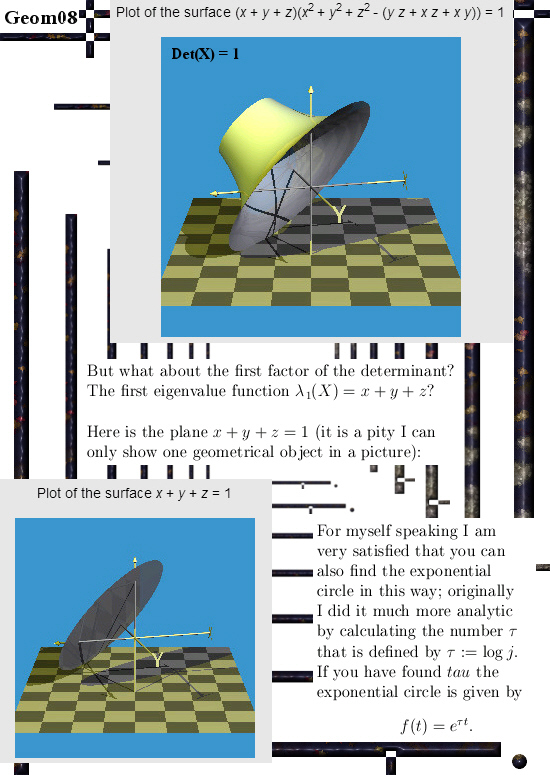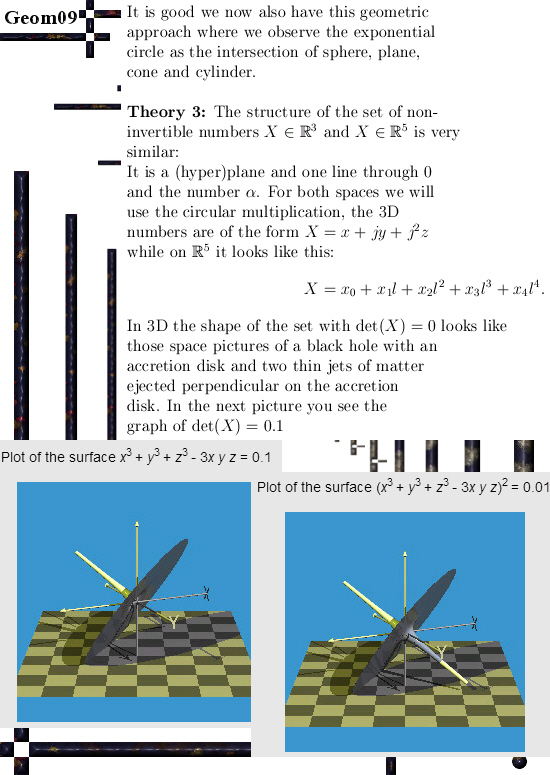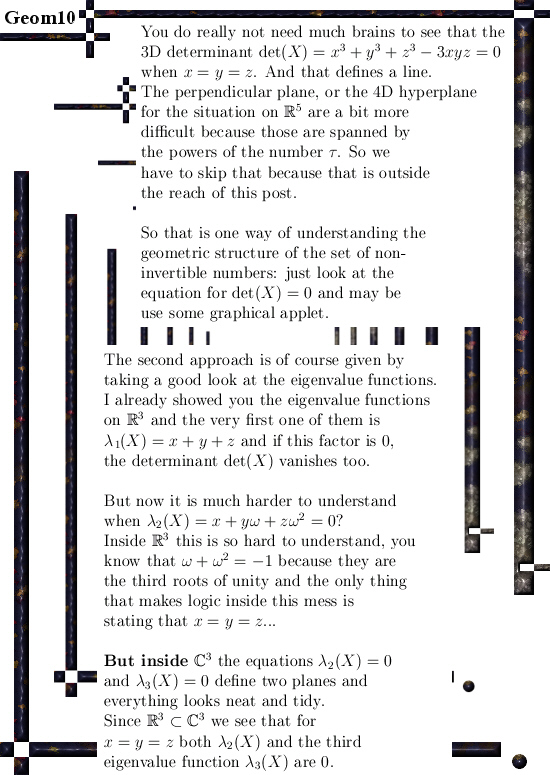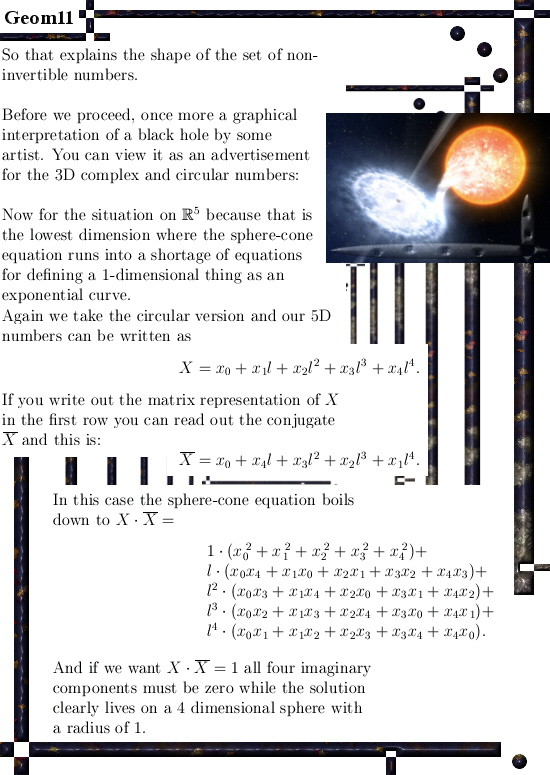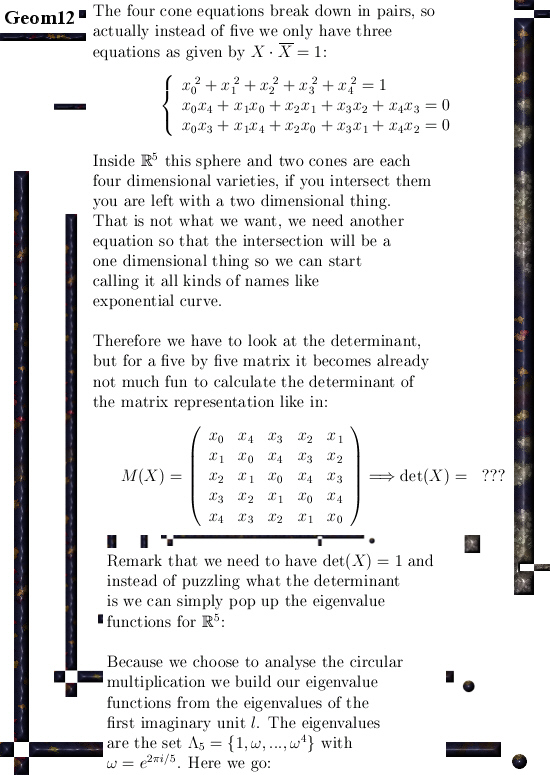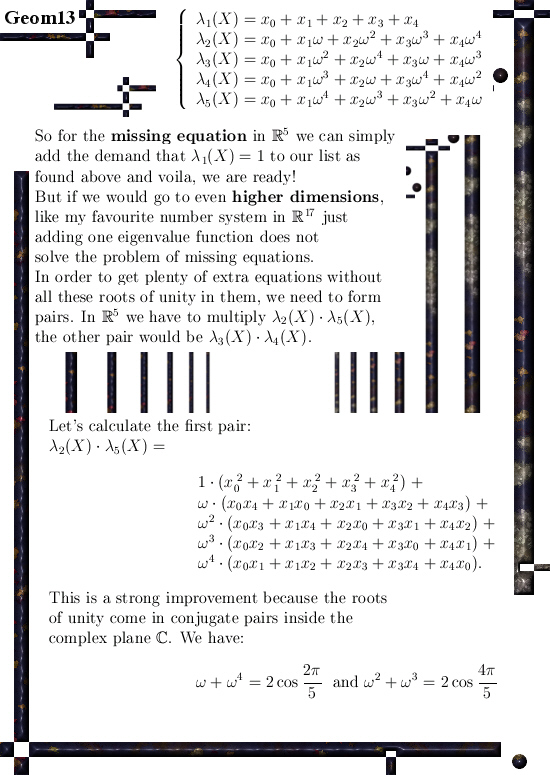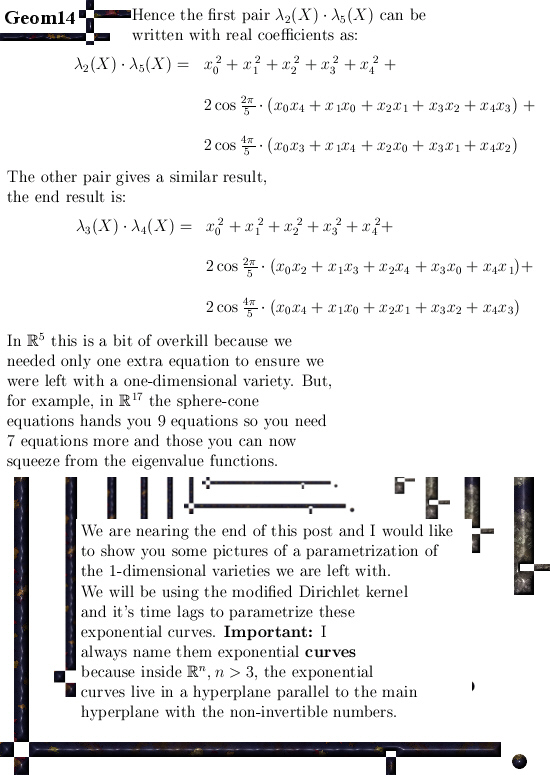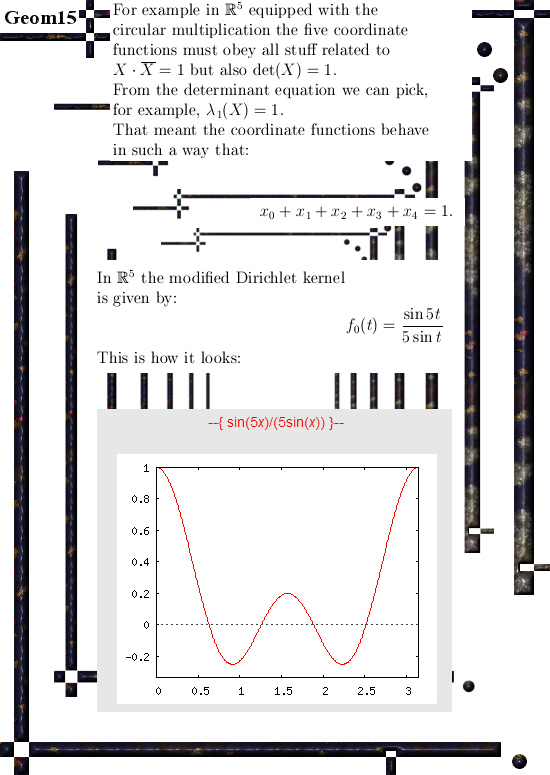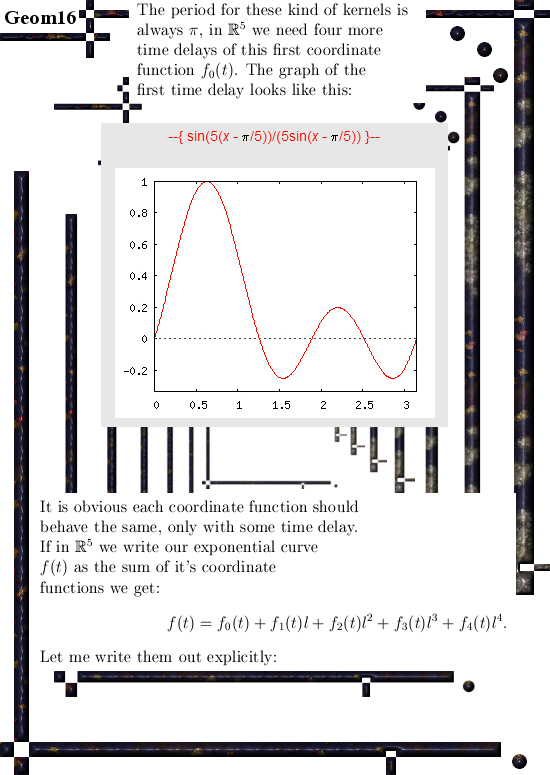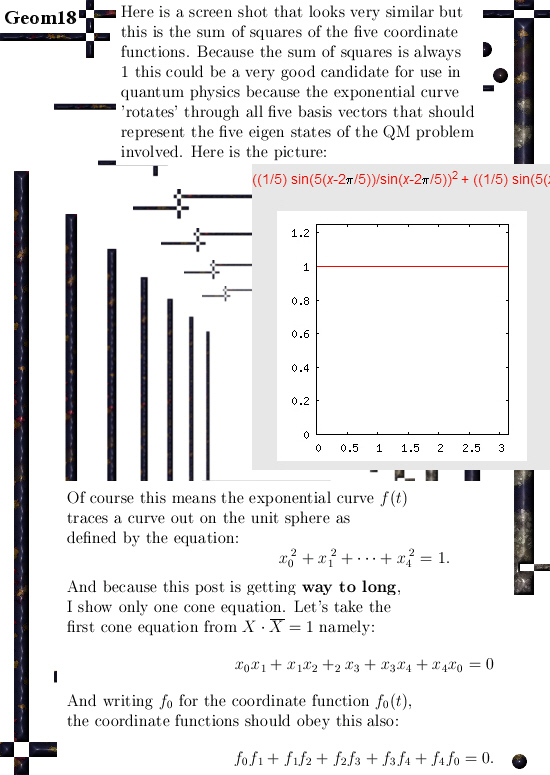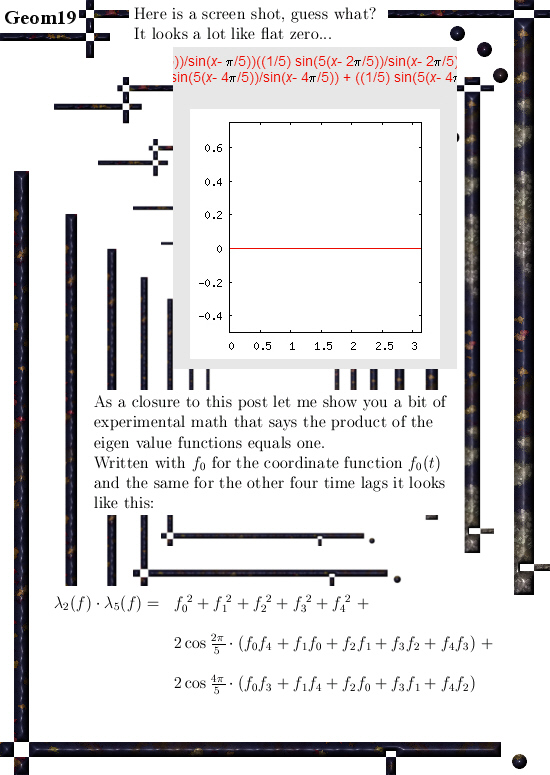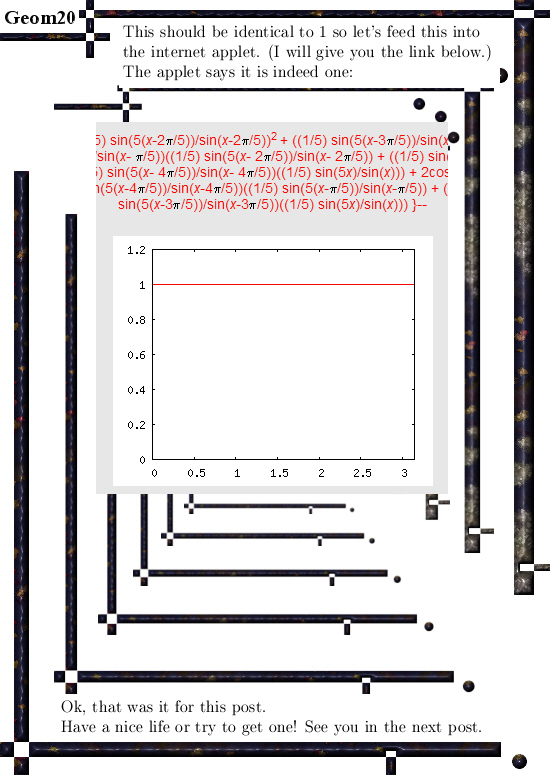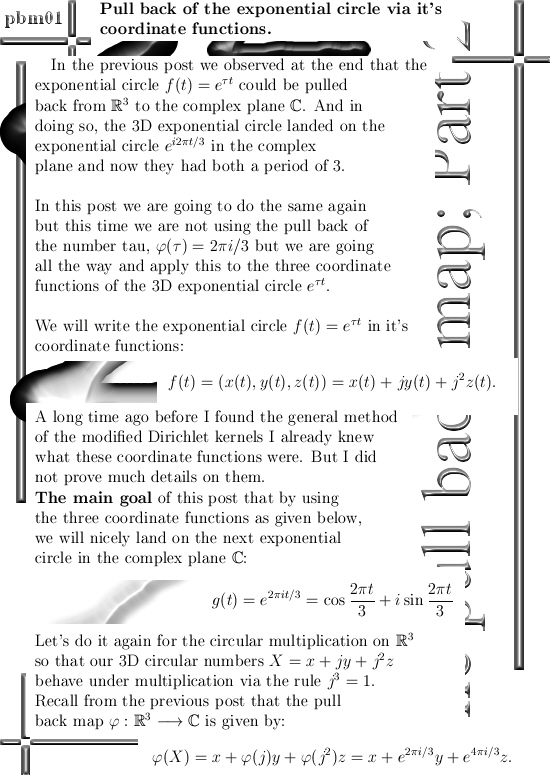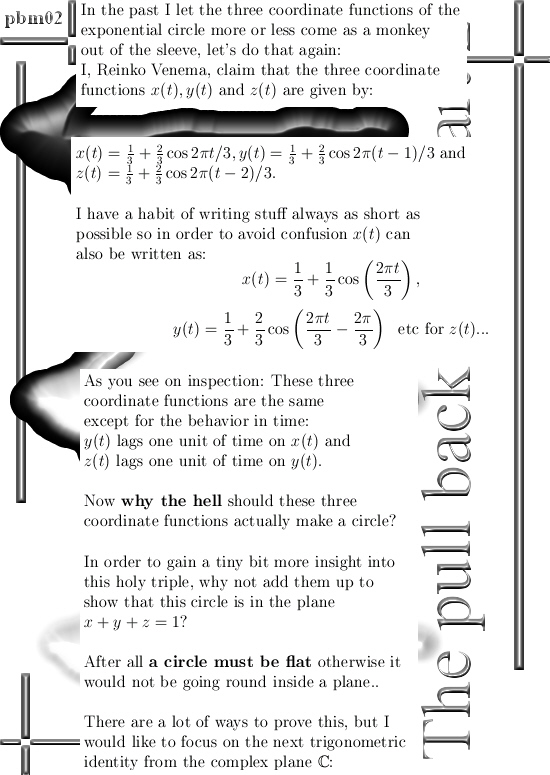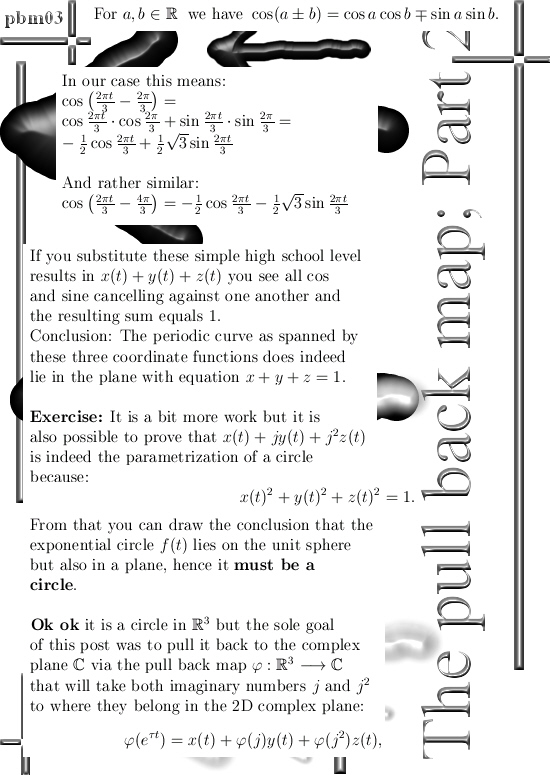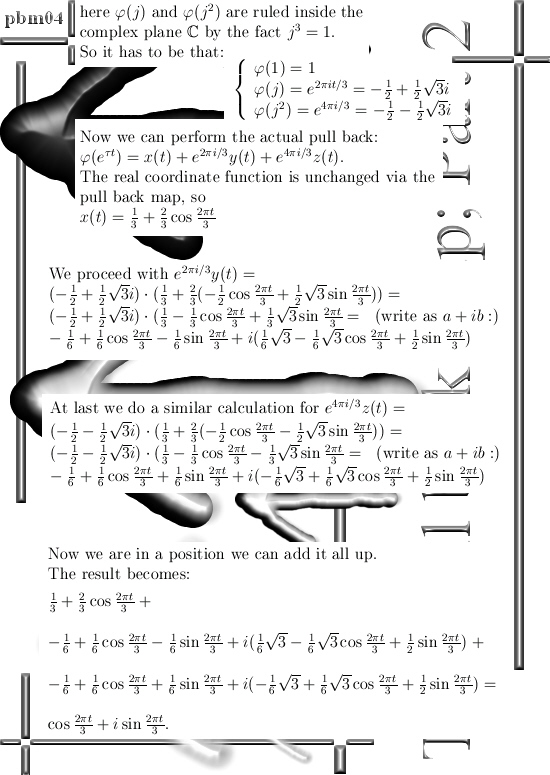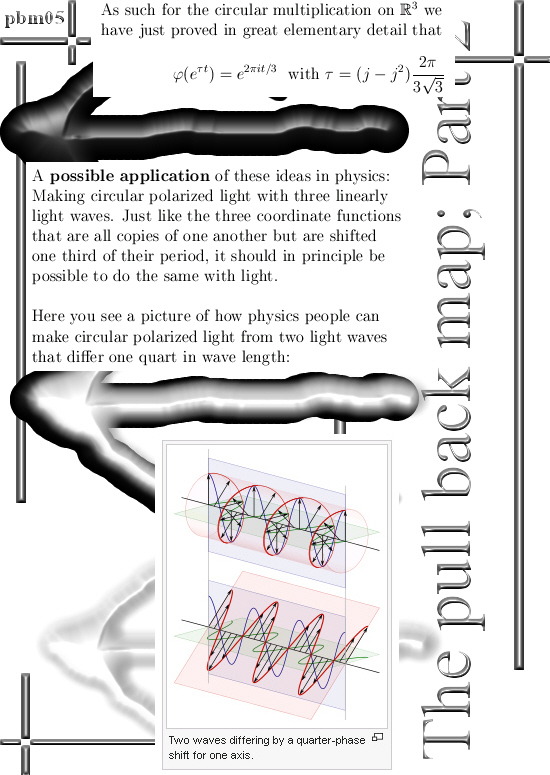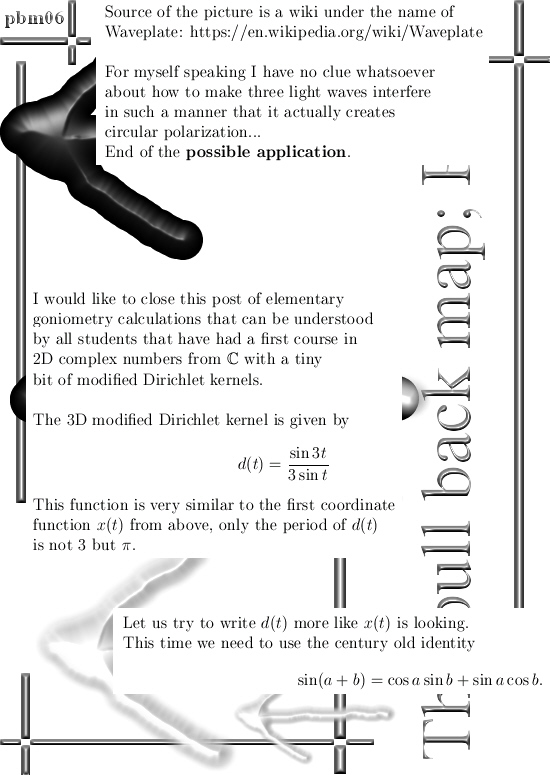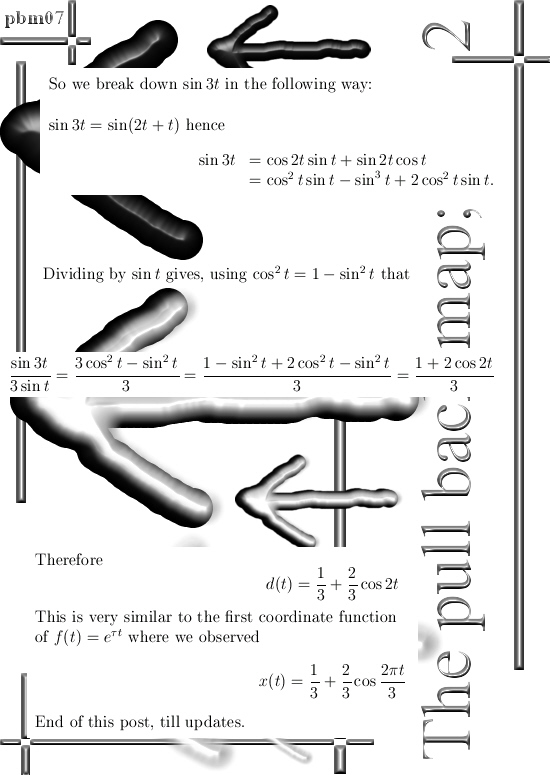In a nice article there are three people explaining, for example, electron spin. The reason to post this here is because they are in climbing order of stupidity and explainer number three gives a total retarded explanation.
Recall once more that the name electron spin is one hundred percent misleading because of what we know of the size of the electron it should certainly be rotating much faster than the speed of light even if all electrical charge was concentrated on the equator of the electron.
I hope that by now my dear reader you know that I think electrons carry beside electrical charge also magnetic charge and as such they come in two flavours:
1) Electrons with a negative electrical charge and a north magnetic charge and;
2) Electrons with a negative electrical charge and a south magnetic charge.
Because particles with mass cannot mover faster than the speed of light, all explanations based on the electron spinning are wrong by definition. Therefore it is often said that electrons (and also protons and neutrons) have so called intrinsic spin so the rotation problem can be avoided.
It has to be remarked once more that this is about the fourth year I am writing about electrons having magnetic charge and that as such they are the long sought magnetic monopoles, but until now I have zero reactions from only one of those professional physics professors… That abundantly shows how dumb they actually are and that there is little use in trying to write a real publication because it is still totally impossible to pass the so called ‘peer review barrier’. I mean; read the quotes I will post from these three people as found in the Scientific American and suppose they would be the ones that do the peer review of my article. What would happen?
Very simple: It will be rejected.
Let’s get started, here is the title and link to the small article in the Scientific American:
What exactly is the ‘spin’ of subatomic particles such as electrons and protons? Does it have any physical significance, analogous to the spin of a planet?
https://www.scientificamerican.com/article/what-exactly-is-the-spin/
The first quote is from Morton Tavel, quote:
“Unfortunately, the analogy breaks down, and we have come to realize that it is misleading to conjure up an image of the electron as a small spinning object. Instead we have learned simply to accept the observed fact that the electron is deflected by magnetic fields. If one insists on the image of a spinning object, then real paradoxes arise; unlike a tossed softball, for instance, the spin of an electron never changes, and it has only two possible orientations. In addition, the very notion that electrons and protons are solid ‘objects’ that can ‘rotate’ in space is itself difficult to sustain, given what we know about the rules of quantum mechanics. The term ‘spin,’ however, still remains.”
Comment: From the macroscopic world we do not observe much ‘deflection’ of, let’s say, bar magnets in the presence of other magnets and magnetic fields. If electrons really were magnetic dipoles, because electrons are so small all magnetic forces would cancel out and we would never observe deflection.
And if Morton Tavel would have done some calculations or estimations, it is extremely hard for electrons to get deflected by non-constant magnetic fields. On the contrary, you need magnetic fields with a gradient of millions of Tesla’s per meter in order to accelerate the electron with only one meter per second squared…
No idea is smarthead Morton Tavel will ever read these words I write about him, but in reason number 50 I did such an estimation. Here is the link:
14 Oct 2017: Reason 50: A calculation on electron acceleration by a magnetic field.
http://kinkytshirts.nl/rootdirectory/just_some_math/monopole_magnetic_stuff02.htm#14Oct2017
___________
Let’s proceed with the second physics professional, his name is Kurt T. Bachmann and here is the quote from the wisdom he has to share:
“Starting in the 1920s, Otto Stern and Walther Gerlach of the University of Hamburg in Germany conducted a series of important atomic beam experiments. Knowing that all moving charges produce magnetic fields, they proposed to measure the magnetic fields produced by the electrons orbiting nuclei in atoms. Much to their surprise, however, the two physicists found that electrons themselves act as if they are spinning very rapidly, producing tiny magnetic fields independent of those from their orbital motions. Soon the terminology ‘spin’ was used to describe this apparent rotation of subatomic particles.
“Spin is a bizarre physical quantity. It is analogous to the spin of a planet in that it gives a particle angular momentum and a tiny magnetic field called a magnetic moment.
Comment: It is important to know that the original SG experiment was done with evaporated silver ions, this beam of silver ions was split in two parts by just a few unpaired electrons. If the professionals would do the calculations they would find this cannot be explained by inhomogeneous magnetic fields. The fact that no one says this makes clear they have never done the calculations needed…
That is the same as a carpenter that refuses to use the handsaw when needed or simply states: I do not need a screw driver, I just talk to these screws until the matter is resolved. Normally the carpenter would get fired but all those physics professors are glued to their seats living in ‘academic freedom’.
__________
The third person is truly 100% crazy, the term ‘intrinsic spin’ for the electron was used in order to avoid the problems with the spinning of an electron. And what does this weirdo named Victor J. Stenger make from this? Quoting this idiot:
“Spin is the total angular momentum, or intrinsic angular momentum, of a body. The spins of elementary particles are analogous to the spins of macroscopic bodies. In fact, the spin of a planet is the sum of the spins and the orbital angular momenta of all its elementary particles. So are the spins of other composite objects such as atoms, atomic nuclei and protons (which are made of quarks).
“In classical physics, angular momentum is a continuous variable. In quantum mechanics, angular momenta are discrete, quantized in units of Planck’s constant divided by 4 pi. Niels Bohr proposed that angular momentum is quantized in 1913 and used this to explain the line spectrum of hydrogen.
Comment: This is so utterly stupid it is hard to comment upon. By talking about intrinsic angular momentum he only shows that he thinks the electron is spinning. So he is a nutjob for sure.
Ok, end of this post without pictures but with three idiots as found in the Scientific American. Now some people might think I better be a little bit more diplomatic but from 1992 until 2012 I was very very diplomatic about higher dimensional number and thought that if you give people time enough that in the end they will do the right thing.
Two decades of diplomacy are gone, now I know that when confronted with idiots you better explain why they are idiots…
See you in the next post my dear reader.
